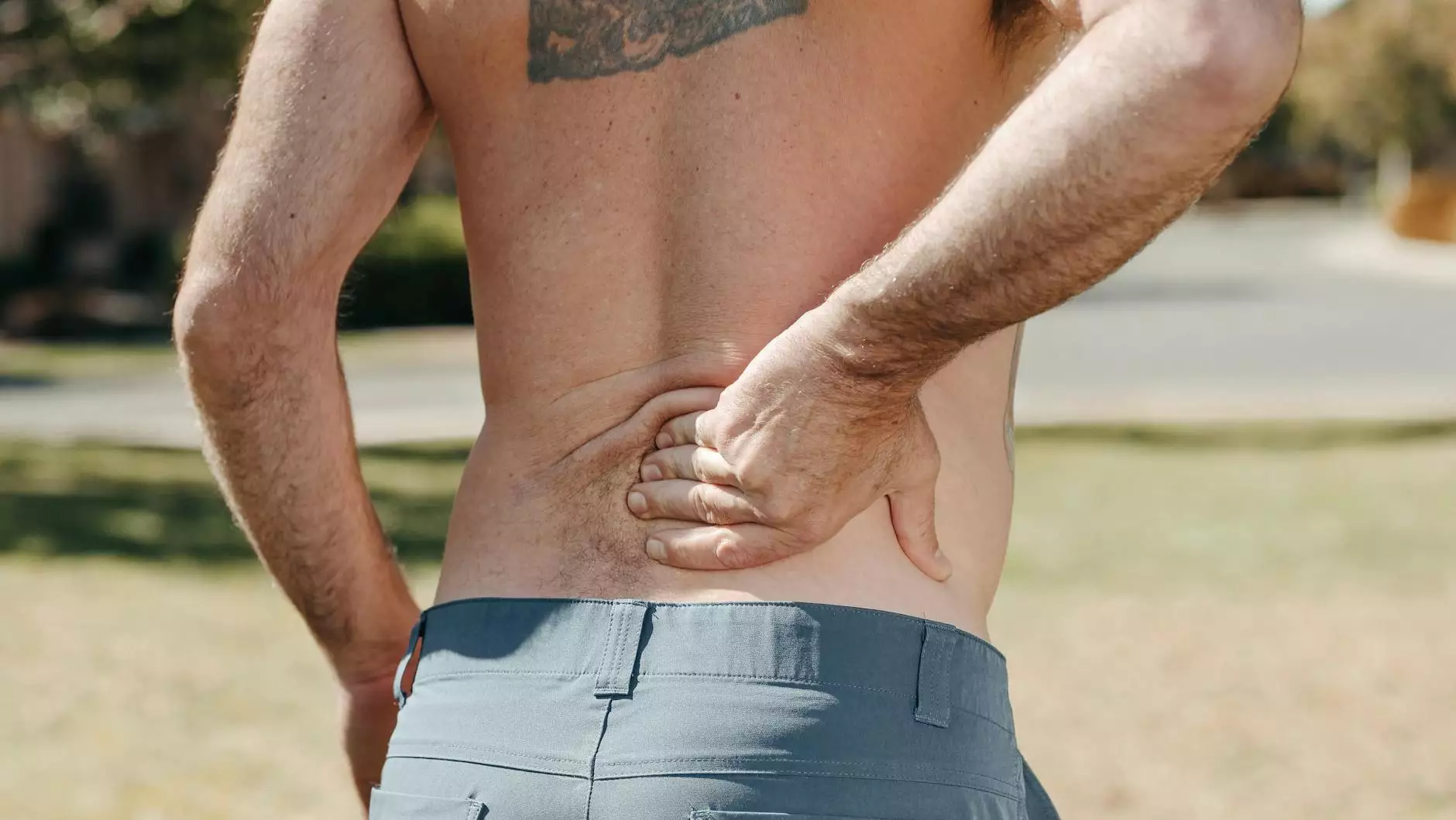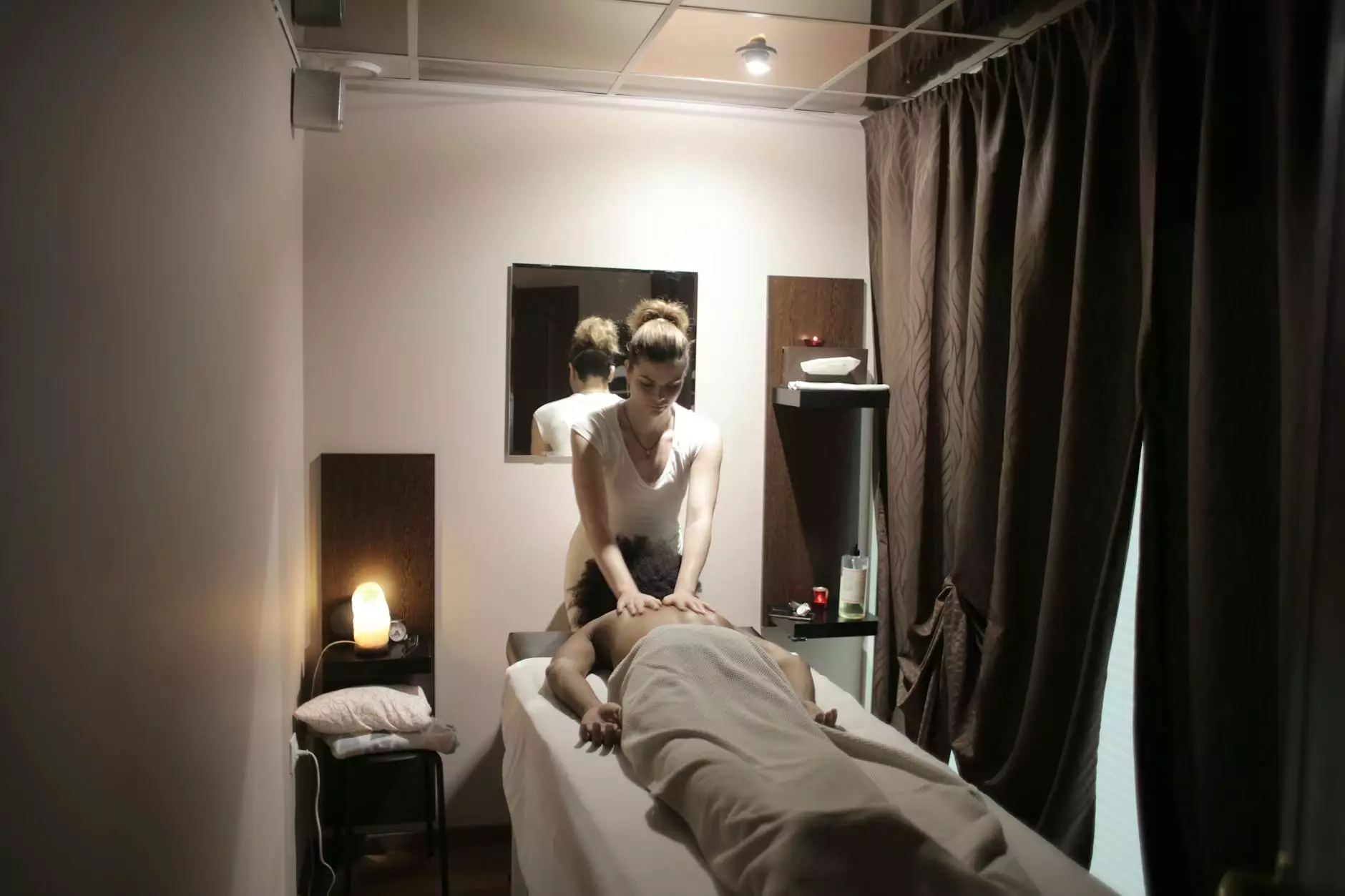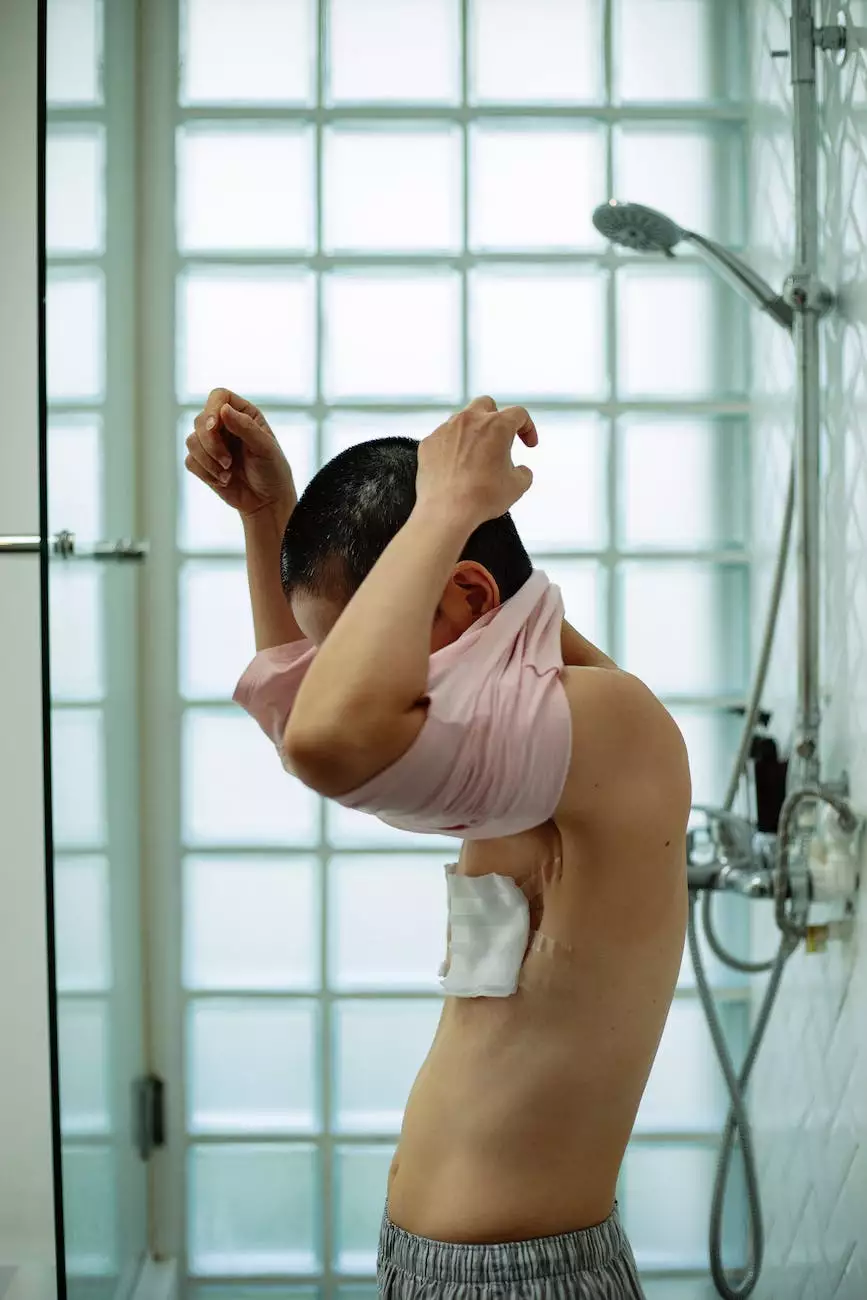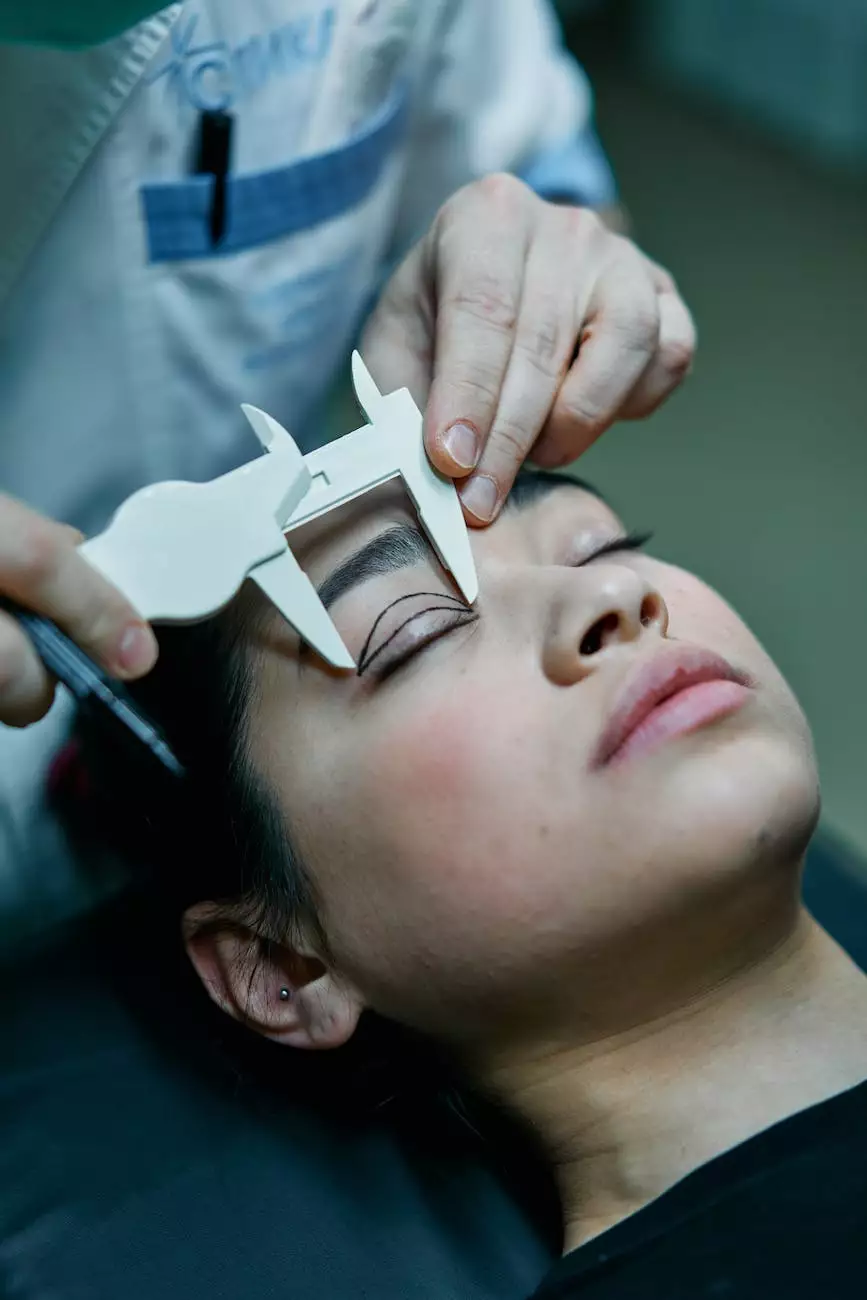Review of Syndesmotic Injuries of the Ankle

Introduction
Welcome to Body Fusion's comprehensive review of syndesmotic injuries of the ankle. We understand the importance of providing detailed and accurate information to assist individuals dealing with ankle injuries. In this article, we will delve deep into the topic of syndesmotic injuries, including their diagnosis, treatment options, and recovery process.
Syndesmotic Injuries: An Overview
Syndesmotic injuries, also known as high ankle sprains, involve damage to the syndesmosis, which is a series of strong ligaments connecting the tibia and fibula bones in the lower leg. These types of injuries usually occur when the foot is forcefully rotated outward, placing excessive strain on the syndesmosis. Such injuries often require specialized care due to their complexity and prolonged recovery process.
Symptoms and Diagnosis
When it comes to syndesmotic injuries, it is crucial to correctly identify the symptoms in order to initiate appropriate treatment. Common symptoms include pain, swelling, bruising, difficulty bearing weight, and instability in the ankle joint. A precise diagnosis usually involves a combination of physical examinations, imaging techniques, such as X-rays, MRIs, and stress tests, to determine the severity of the injury and its impact on the surrounding tissues.
Treatment Options
Choosing the right treatment approach is vital for promoting optimal healing and restoring functionality. Treatment options for syndesmotic injuries range from conservative, non-surgical methods to surgical interventions, depending on the severity of the injury.
Conservative Methods
In less severe cases, conservative measures are applied, which may include rest, ice, compression, elevation (RICE), pain management, immobilization with a cast or walking boot, and physical therapy. These approaches aim to reduce swelling, alleviate pain, and promote gradual healing of the damaged ligaments and tissues.
Surgical Interventions
In more severe cases, when conservative methods fail to provide sufficient relief, surgical intervention may be necessary. Surgical options include syndesmotic screw fixation, suture button fixation, or ligament reconstruction. These procedures are performed to stabilize the syndesmosis and ensure proper alignment, facilitating the healing process and preventing future complications.
Recovery and Rehabilitation
The recovery period following a syndesmotic injury can be lengthy and requires a systematic approach to rehabilitation. A thorough rehabilitation program, tailored to the individual's specific needs, helps restore strength, stability, and range of motion in the ankle joint.
Physiotherapy
Physiotherapy plays a vital role in the recovery process. It involves various exercises and modalities aimed at improving muscle strength, flexibility, and proprioception. These sessions are tailored to gradually reintroduce weight-bearing activities and promote a safe return to normal daily activities and sports.
Bracing and Support
Bracing and support devices, such as ankle braces and orthotics, may be prescribed to provide additional stability during the healing phase and prevent reinjury. These aids not only protect the ankle but also facilitate proper alignment and motion, allowing for a smoother recovery process.
Prevention and Risk Factors
Preventing syndesmotic injuries involves understanding and addressing the risk factors that predispose individuals to such injuries. Common risk factors include participating in high-impact or contact sports, irregular training, inadequate warm-up, improper footwear, and previous ankle injuries. Taking precautions, such as proper warm-up exercises, using suitable protective equipment, and maintaining overall ankle strength, can significantly reduce the risk of syndesmotic injuries.
Conclusion
At Body Fusion, we aim to provide comprehensive and accurate information to help individuals navigate through the complexities of syndesmotic injuries of the ankle. By understanding the symptoms, diagnosis, treatment options, recovery process, and prevention strategies outlined in this review, you are better equipped to make informed decisions regarding your ankle health and well-being.










